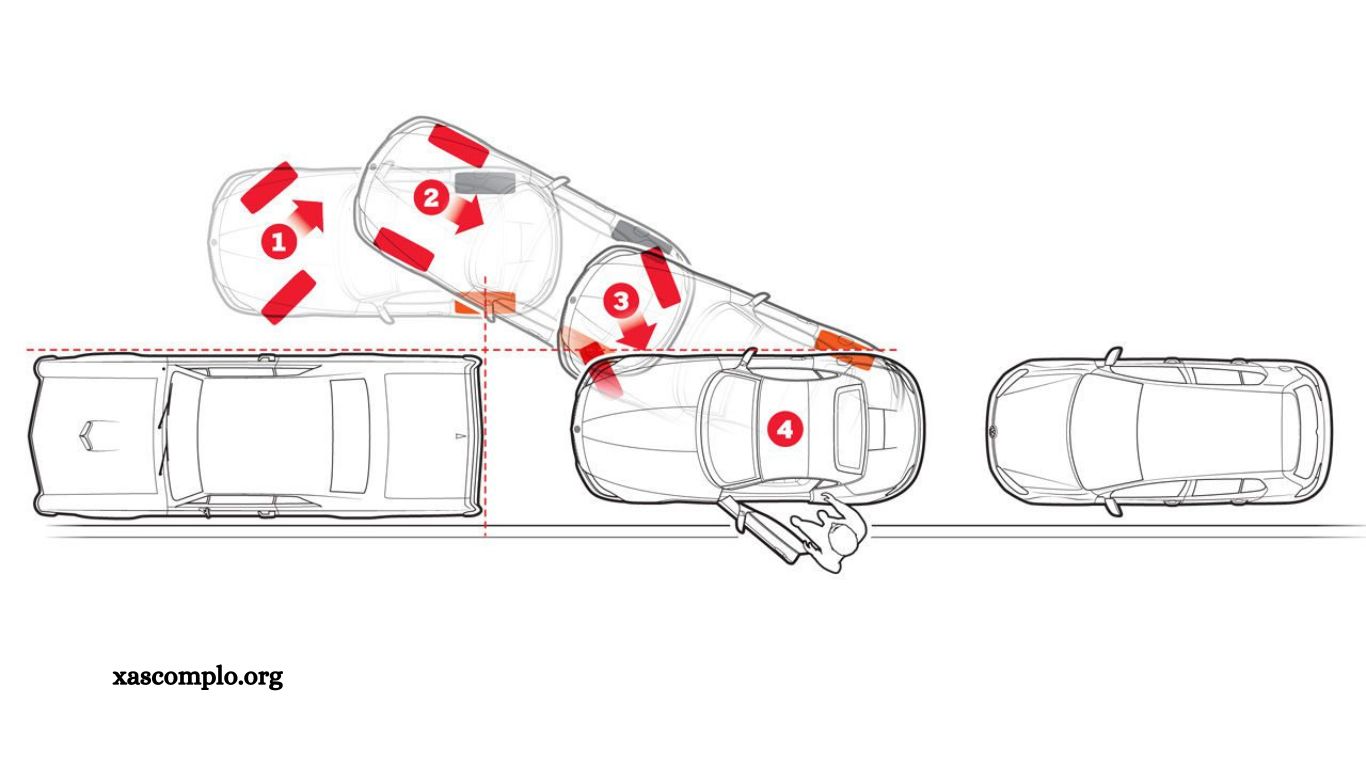Parking accurately in a car park often presents a challenge for drivers, requiring precision and spatial awareness. Mastering effective parking techniques enhances safety, maximizes space utilization, and reduces vehicle damage risks. This guide provides practical strategies designed to refine parking skills, enabling drivers to navigate tight spots with confidence.
By understanding common pitfalls and applying proven methods, drivers can improve maneuverability and efficiency within parking areas. Whether dealing with parallel, perpendicular, or angled spaces, these insights offer valuable assistance for consistent, flawless parking. Implementing these techniques ensures smoother parking experiences and contributes to safer, more organized car park environments.
Read More: Strategies for Handling Tough Parking Situations in Car Parking
The Importance of Correct Parking in Car Parks
Correct parking in a car park is crucial for multiple reasons. Primarily, it reduces the risk of accidents and prevents damage to your vehicle and others nearby. Additionally, proper parking promotes efficient traffic flow and organization within the lot, enhancing mobility and convenience for all drivers. This disciplined approach to parking supports a safer and more orderly environment, benefiting everyone using the facility.
Tips for Finding the Perfect Parking Space
- Consider Vehicle Size: If driving a larger vehicle, prioritize spaces designed for trucks or SUVs, ensuring ample room for maneuvering and reducing the risk of damage.
- Conduct an Active Search: Avoid settling for the first available spot. Explore the parking lot thoroughly to find a space that best meets your needs.
- Observe Parking Signs: Pay close attention to traffic signs within the lot, including those that indicate space availability and parking restrictions.
Parallel Parking Techniques
Parallel parking can be challenging, but mastering the right technique simplifies the process. Follow these steps:
- Adjust Your Position: Make minor corrections as needed to ensure your vehicle is centered and properly aligned within the space.
- Find a Suitable Space: Identify a spot long enough to accommodate your vehicle comfortably.
- Signal Your Intention: Use your turn signal to indicate the direction where you plan to park.
- Align Your Vehicle: Position your car parallel to the vehicle in front of or behind the parking space, maintaining an appropriate distance.
- Turn into the Space: Turn the steering wheel fully toward the curb and slowly reverse into the spot.
Tips for Parking in Tight Spaces
Parking in tight spaces requires precision and patience. Use these strategies to park confidently and safely:
- Apply the Reverse Angle Technique: Turn the steering wheel toward the parking spot while reversing slowly, allowing for a smoother and more precise entry into confined spaces.
- Utilize Rearview Mirrors: Rely on your rearview and side mirrors to accurately assess space dimensions and judge distances.
- Back Up Slowly: Move at a controlled, slow pace when reversing to maintain full control and avoid accidental collisions.
Common Parking Mistakes and How to Avoid Them
Parking may appear straightforward, but it often results in costly errors. Here are frequent mistakes and strategies to prevent them:
- Ignoring Parking Signs: Pay close attention to parking regulations and signs to avoid fines, towing, or restricted zones.
- Misjudging Distances: Always consider your vehicle’s size and carefully estimate distances to avoid hitting obstacles or other cars.
- Neglecting Turn Signals: Use turn signals consistently to communicate your parking intentions, reducing confusion and enhancing safety for surrounding drivers.
Frequently Asked Questions
How can I improve my parking skills quickly?
Practice regularly in different types of parking spaces, use your mirrors effectively, and take your time to maneuver carefully. Watching tutorial videos or using parking aids like sensors can also help.
What is the best technique for parallel parking?
Align your car parallel to the vehicle in front of the spot, use your mirrors to judge distances, turn your steering wheel sharply toward the curb while reversing, and make small adjustments to center your vehicle.
How do I find the safest parking spot in a busy lot?
Look for spaces near exits or well-lit areas with good visibility. Avoid tight spots next to large vehicles to reduce the risk of door dings or limited space.
What should I do if a parking space is too tight for my vehicle?
Use slow, controlled movements, rely on your mirrors, and consider the reverse angle technique. If still unsure, it’s better to find a larger space to avoid damage.
Are parking sensors reliable?
Parking sensors are helpful tools that assist with distance judgment, but always complement them with visual checks to ensure safe parking.
Conclusion
Mastering the art of parking is essential for safety, efficiency, and convenience in any car park. By applying practical tips—such as actively searching for the right space, observing signs, and using proper techniques—you can avoid common mistakes and park confidently in any situation. Whether maneuvering into tight spots or parallel parking, patience and awareness are key.

